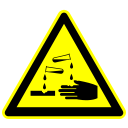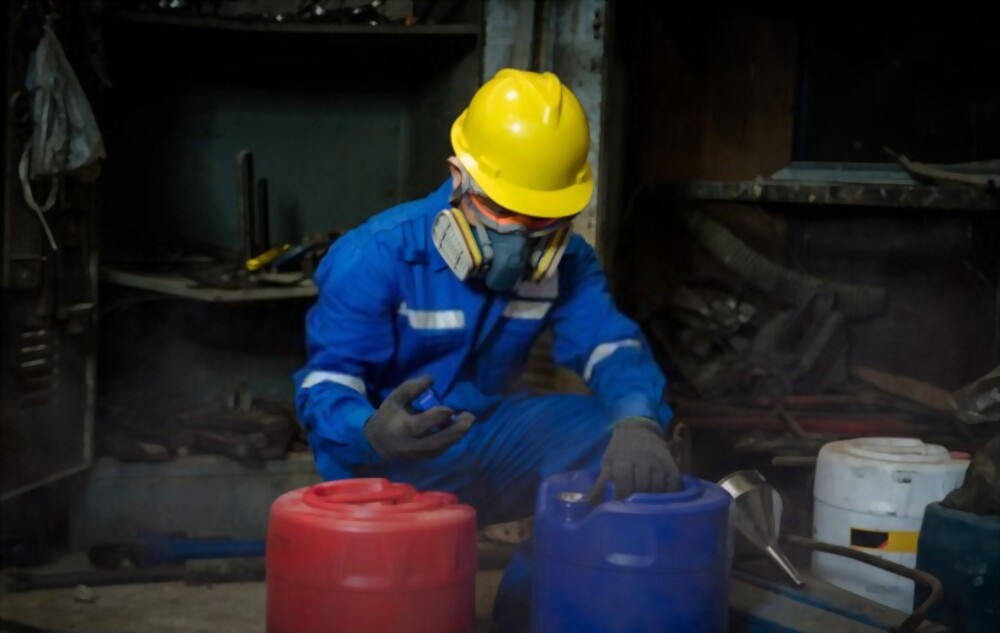 Chemical and other toxic materials that cause a combination of health and other physical hazards are known as hazardous substances. The following are some of the most common hazards, as described by this definition and OSHA standard 29 CFR 1910 Subpart Z “Toxic and Hazardous Substances”:
Chemical and other toxic materials that cause a combination of health and other physical hazards are known as hazardous substances. The following are some of the most common hazards, as described by this definition and OSHA standard 29 CFR 1910 Subpart Z “Toxic and Hazardous Substances”:
- Risk of explosion.
- Irritation.
- Increased sensitivity.
- Possibility to develop cancer.
- Gases.
- Flammable Liquids.
- Flammable Solids or Substances.
- Oxidizing Substances and Organic Peroxides.
- Toxic and Infectious Substances.
- Radioactive.
- Corrosive Substances.

OSHA standards 29 CFR 1910 Subpart Z, 1915 Subpart Z, and 1926 Subpart Z were created to resolve the previously mentioned dangers. Subparts D and Z define what are known as "permissible exposure limits." The employer will be able to “protect employees from the health risks of dangerous material contamination” by imposing these exposure requirements. Limits for airborne concentration are also included in the standards.
When a worker is doing asset assessments in areas where hazardous substances are present, the contractor must clarify the risks, ensure that the above-mentioned limitations are not violated, and provide any adequate protective equipment.
